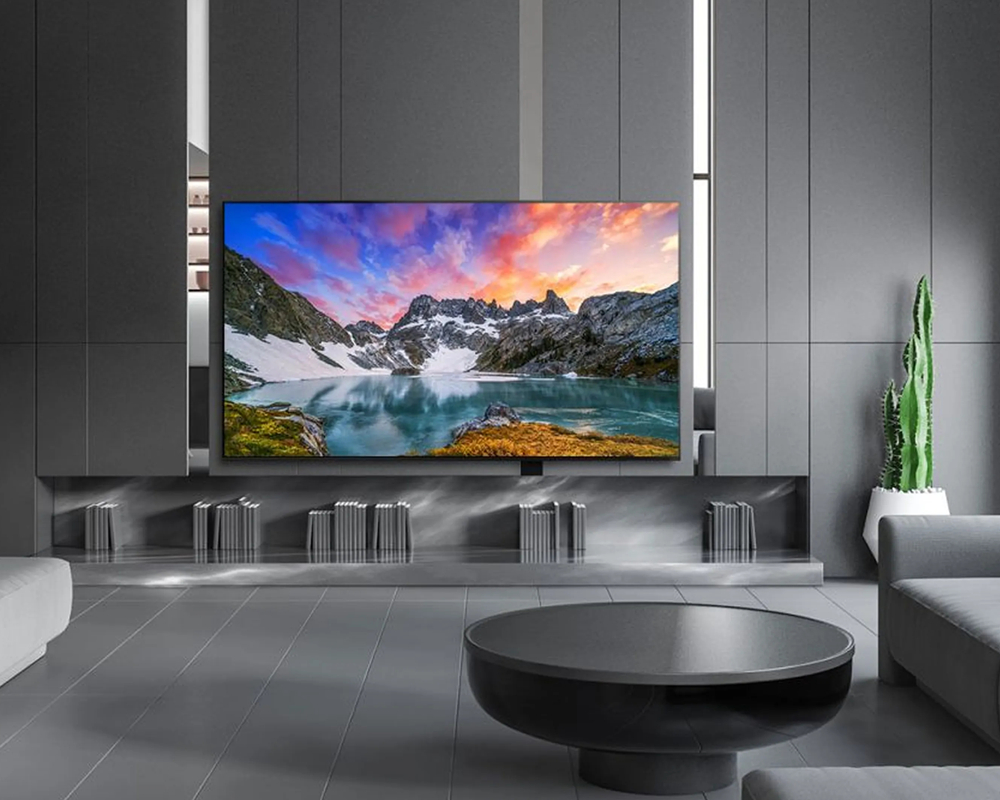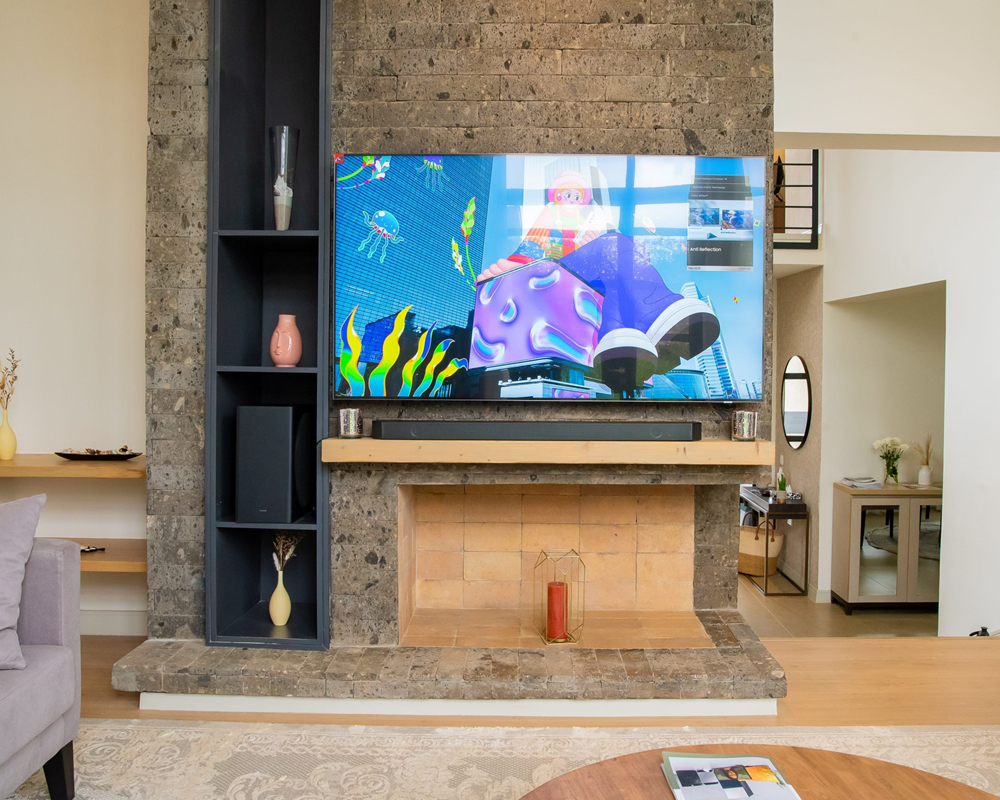The journey of television began in the early 20th century, with mechanical systems that displayed blurry images. Fast forward to the introduction of color broadcasts in the 1950s, and television became a vibrant medium that captivated audiences. The transition from bulky cathode-ray tube (CRT) televisions to sleek flat screens marked a significant leap in technology. Today’s LED, OLED, and QLED displays provide stunning picture quality, with resolutions reaching 4K and even 8K, making every viewing experience a visual feast.
As technology advanced, so did the way we consume content. The rise of streaming services like Netflix, Hulu, and Amazon Prime Video has revolutionized how we watch television. Gone are the days of waiting for weekly episodes; now, entire seasons can be binge-watched at our convenience. This shift has not only changed viewing habits but has also given rise to new genres and formats, such as docuseries and reality shows, catering to diverse tastes.
Smart TVs have further enhanced the viewing experience by integrating internet connectivity and apps directly into the television. With a simple remote or voice command, viewers can access a plethora of content, from classic films to live sports, all in one place. The ability to stream, download, and interact with content has transformed the TV into a multifunctional hub for entertainment, social media, and even gaming.

However, the impact of television extends beyond mere entertainment. It serves as a powerful medium for storytelling, social commentary, and cultural exchange. From groundbreaking series that tackle pressing societal issues to documentaries that inform and inspire, television has the capacity to shape public perception and provoke thought. Iconic shows have sparked conversations and movements, highlighting the influence of this medium in our daily lives.
Moreover, the communal aspect of watching TV remains significant. Whether it’s gathering with family for a movie night or hosting friends for a sports game, television fosters connections and shared experiences. In an age of digital isolation, these moments of togetherness remind us of the power of storytelling and the joy of experiencing narratives collectively.
In conclusion, television has come a long way from its humble beginnings. It continues to evolve, adapting to technological advancements and changing viewer preferences. As we embrace the future of television, one thing remains clear: it will always be a vital part of our cultural landscape, enriching our lives with stories, laughter, and connection.
